Safety warning over bicycle boom
Bike sales have boomed during the lockdown – but as new cycle paths open up there are calls for education campaigns for all road users to prevent a spike in fatal accidents.
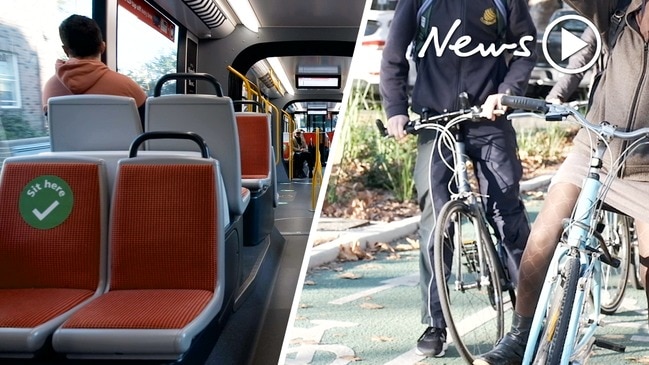
Coronavirus
Don't miss out on the headlines from Coronavirus. Followed categories will be added to My News.
Bike sales are booming, but as local councils and the state government across the country roll out major expansions to cycle path networks, a spike in fatal accidents involving cyclists is prompting calls for comprehensive education campaigns for all road users.
The coronavirus outbreak has driven demand for bicycles in two ways, spearheaded by fitness enthusiasts who were denied access to gyms and competitive sport, and sustained more recently by workers who are seeking to avoid public transport as they return to CBD offices.
John Moore from nationwide cycling retailer 99 Bikes told News Corp new bike sales were double their normal volume, with up to 6000 bikes being sold per week.
James Reid from Reid Cycles said in some recent weeks, sales had been three or four times higher than usual.
And a spokesperson for sporting retail giant rebel said adult bike sales had almost doubled year on year, while sales of helmets and cycling apparel had more than tripled.
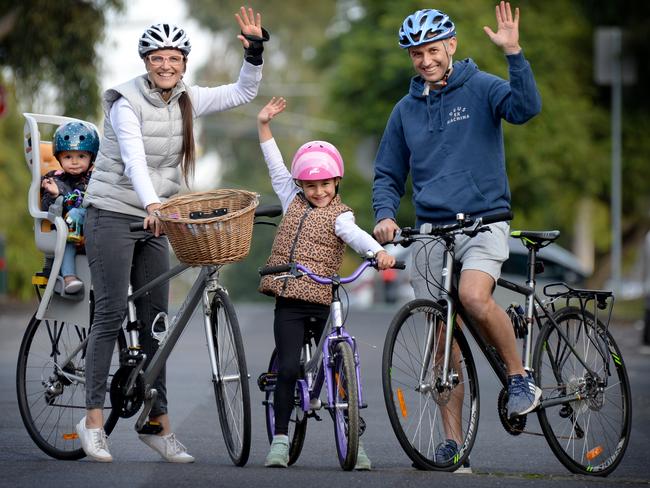
Significant increases in the number of riders have been recorded around the country, including a 51 per cent increase along the Glebe point foreshore in Sydney and a 300 per cent rise on the Kedron Brook bikeway in Brisbane.
It comes on the back of a growing trend towards more commuter cycling.
According to a City of Melbourne count last September, bike riders made up 17.1 per cent of all vehicles travelling into the CBD during the morning peak, compared with just 7.6 per cent 10 years ago.
Last month, the City of Melbourne announced 12 new kilometres of pop-up cycling lanes, while the NSW State government and Sydney City Council have created six new “pop up cycleways” to be opened this month, with the possibility of four more.
Work on new cycleways is also continuing in Adelaide and Brisbane.
But a spike in the number of fatalities involving cyclists has prompted calls for new safety awareness campaigns for all road users.

Fatal road accidents are generally down, reflecting lower traffic volumes overall because of the lockdown. (The NSW road toll has gone from 157 this time in 2019, to 130 this year; Victoria has gone from 134 to 97; SA has gone from 53 to 47. In Queensland there has been a slight increase, from 91 to 100.)
But the number of fatal accidents involving cyclists in that same time frame has increased – from six to nine in NSW, from five to nine in Victoria and from one to three in Queensland. In SA the toll has stayed steady at two.
“It is sad and disappointing to see cyclists deaths have increased year on year. We are only halfway through 2020 and nine cyclists have already lost their lives on Victorian roads,” said RACV’s Senior Manager for Transport and Infrastructure, Peter Kartsidimas.
“Cycling has become more popular in recent months, and we expect this trend will only increase as people choose private vehicles instead of public transport as a result of COVID-19. “With more people in cars and more people on bikes, the need for safer cycling infrastructure has never been greater.
“Everyone deserves to feel safe on our transport network and we are encouraging all riders, drivers and pedestrians to be extra cautious in this time,” Mr Kartsidimas said.
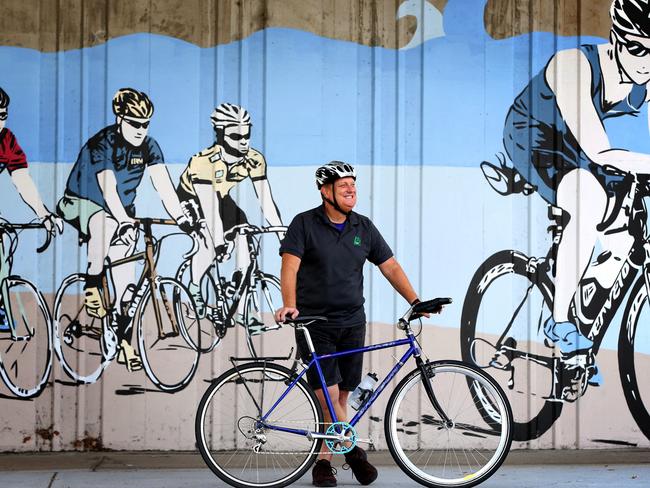
Bicycle Queensland Director of Advocacy Andrew Demack said cyclist fatalities gave a limited understanding of the safety issues, as they were still very small numbers, but he said there was a need for better education for both new cyclists and motorists.
“We’ve been providing more education for users, with a five-part series on bike basics,” he said. “We know a lot of people are getting back on their bikes.”
James Reid offered similar comments, saying his company had “been seeing a slightly different customer than we normally see”.
“It’s a lot of new people. People who don’t want to catch public transport,” he said.
Mr Demack said there was also insufficient awareness about laws that require motorists overtaking cyclists to leave a metre if travelling under 60km/hr, or a metre and a half if doing more than that speed.
“There’s a great need for public education about minimal passing distances,” he said, despite the fact that the laws had been in effect for several years.
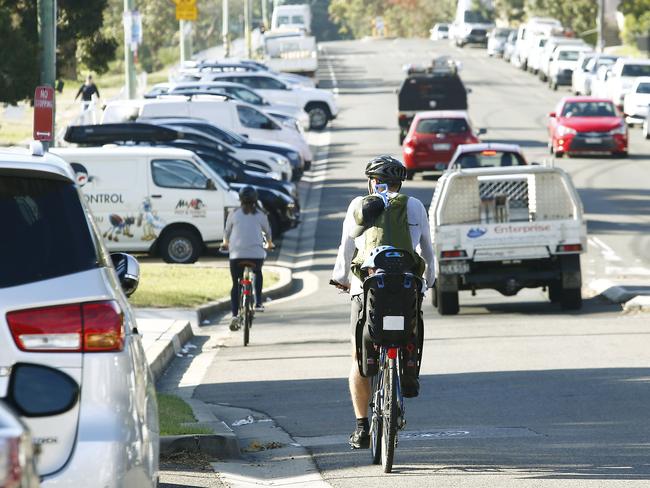
NRMA spokesman Peter Khoury said it was a “bit premature” to be talking about permanent expansions to the cycleway network – as has already been proposed in Sydney – and the cyclist fatalities were a “worrying trend”.
“We need to look at how the cycle paths operate with the rest of traffic,” he said. “Safety must be at the centre of this, particularly for cyclists as they are most at risk.”
Motorists were not sufficiently aware of the changes being made to roads, Mr Khoury said.
“If we are going to be reconfiguring the road network, that needs to come with a comprehensive education campaign,” he said.
This was all the more important because of an expected increase in young people cycling to schools, he added.
“We are seeing a shift in how people get around, and we should encourage that, but we need to do it in a safe environment. We want to make sure that motorists are aware that there are more cyclists on the roads,” he said.

Mr Khoury said the fractious debates about cycle paths that dominated Sydney around a decade ago had “moved on”, but Mr Moore from 99 Bikes said there was still conflict between cyclists and motorists on Sydney roads.
“There’s a small percentage of drivers who have a level of aggression towards cyclists, who have this mentality that they don’t belong on the road,” he said.
“I would like to see the state government send a very strong message about cyclists being humans to break down that frustration.”
RAA’s Senior Safety and Infrastructure Manager Charles Mountain said the most common accidents involving cyclists were motorists turning left in front of bikes, and “dooring” – the sudden opening of car doors as cyclists pass parked cars. Motorist aggression towards cyclists was less of a problem than simple awareness, he suggested.
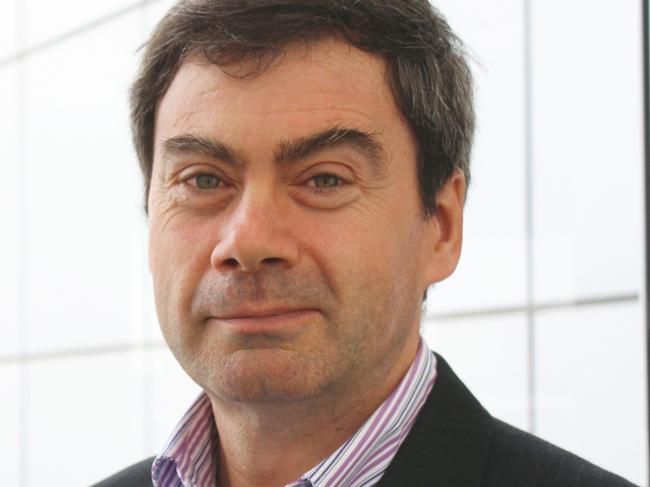
“Over the years we’ve seen a progressive improvement in respect for cyclists and awareness on our roads but that doesn’t mean there isn’t more to be done,” Mr Mountain said.
Dr Mike Harris, lecturer in landscape architecture and urban design at the University of NSW, said surveys had shown 70 per cent of people would consider riding a bike during the week if it was safe to do so, and the boom in cycling over the lockdown period was “a really raw expression of that demand”.
“The virus has definitely sped up a lot of trends on many levels, and cycling is one of those trends,” he said.
Dr Harris said he was hopeful that the increased interest in cycling would “instigate a permanent shift” in Australia.
“Motorists should be the greatest proponents of separated cycleways because it’s just another strategy to try to improve the capacity of the road network,” he said.
“In our cities we still have this legacy of very car-dominated streets, and not really providing that safe passage for (cyclists).
“It’s eminently achievable; it’s just really about the infrastructure and the mindset,” Dr Harris said.

An increase in commuter cycling would entail greater demand for showers, change rooms and secure bike storage in corporate offices, Dr Harris said, but Australia’s business community was “far ahead of the game”.
“Particularly in city areas, corporations have known that they want to provide those facilities to make their workplace more attractive,” he said. “Over the past 10 years new office buildings have been adding amazing changerooms, showers and bicycle parking. It’s actually better than the infrastructure to get to the office.”
Andrew Demack from Bicycle Queensland offered similar comments, saying good facilities for cyclists had “become one of the ways building managers attract new tenants”.
The recent uptake in cycling meant it was a good time for more government activity in the area, he said, particularly at the federal level.
“Providing a high-quality activity transport network is a massive win for every city that does it,” he said. “We often see state government and local authorities set targets for active transport, but we rarely see funding that matches it. Now is a good time to make those investments.”

A recent Bicycle Queensland survey showed that many who have been cycling during the lockdown period will continue to do so once restrictions ease, although they would like to see better facilities.
Better infrastructure for cyclists was Bicycle Queensland’s top priority, but the organisation would also continue its push for 40km/hr speed limits for all road users in urban areas, Mr Demack said.
While bike ownership is booming, it remains to be seen whether bike share schemes will be embraced by the public as lockdowns restrictions ease.
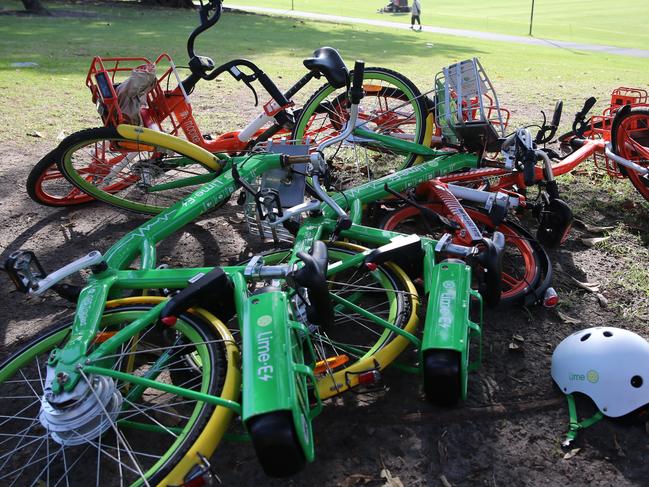
The schemes have had a bumpy history in some Australian cities, with the parking of bikes in random public spaces enraging many.
Dr Harris said a Dutch company that provided share bikes for a monthly fee was proving to be a more successful model.
“The bike companies have looked at ways to be a bit more accountable as to how their bikes are used in the public domain,” he said. “(The Dutch model) stops that issue of bikes just being strewn about and left everywhere, because the user has a bit more responsibility over the bike.”
